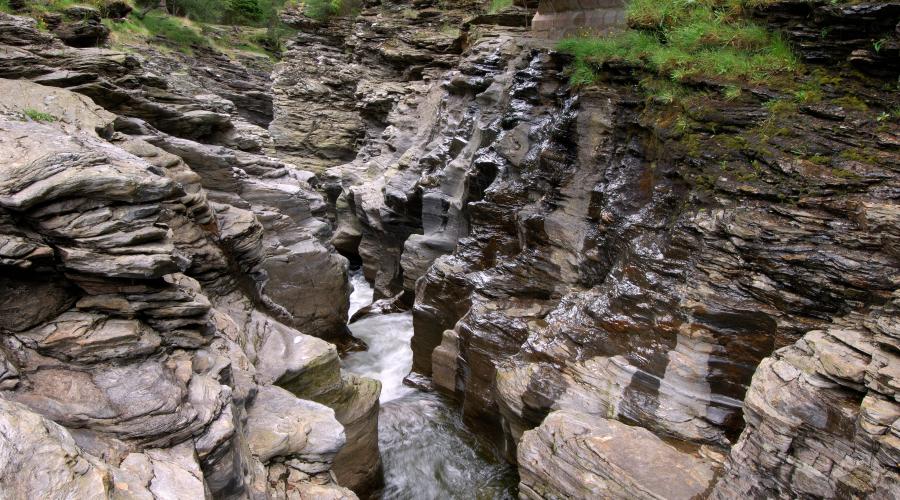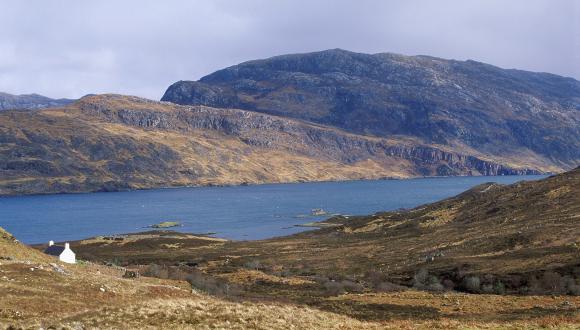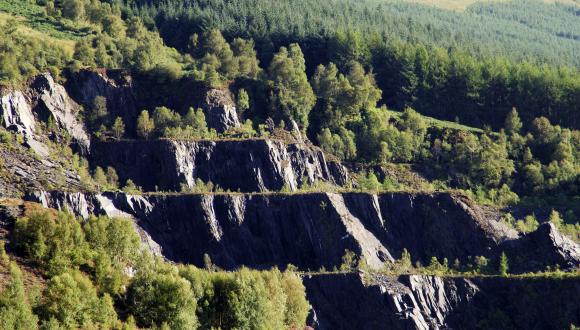
Grampian Event
This first stage of the mountain-building event known as the Caledonian Orogeny mainly affected the Grampian Highlands.
The Grampian Event occurred when a chain of volcanic islands formed by the closure of the Iapetus Ocean, collided with the edge of what is now the Grampian Highlands. The collision took place between 480 million and 460 million years ago.
The Grampian Event:
- created a range of high mountains
- formed the Dalradian rocks – through the burial, heating and compression of sedimentary rocks that had built up at the ocean edge
The Dalradian rocks of the Grampian Highlands that we see today are the eroded roots of the ancient mountains that the Grampian Event created.
Highland Border Complex
Highland Border Complex rocks are found along the line of the Highland Boundary Fault.
These distinctive and varied rocks are believed to be partly:
- the youngest parts of the Dalradian rock sequence
- pieces of ocean floor caught up in the Grampian Event
Molten rock
Molten rock formed and pushed its way into the deformed rocks of the Grampian Highlands both during and after the Grampian Event.
Much of this was granite, which now forms mountain masses such as:
- the Cairngorms
- Lochnagar
- Ben Nevis
At least some of the molten rock erupted as volcanoes at the surface. The most famous example is Glencoe’s caldera (cauldron) volcano, the remains of which form the glen’s dramatic scenery.
Find out more about the geological foundations of the Grampian Highlands.







